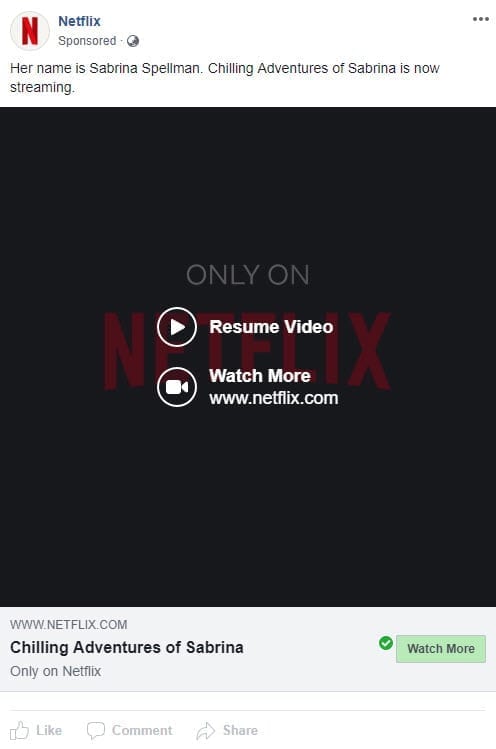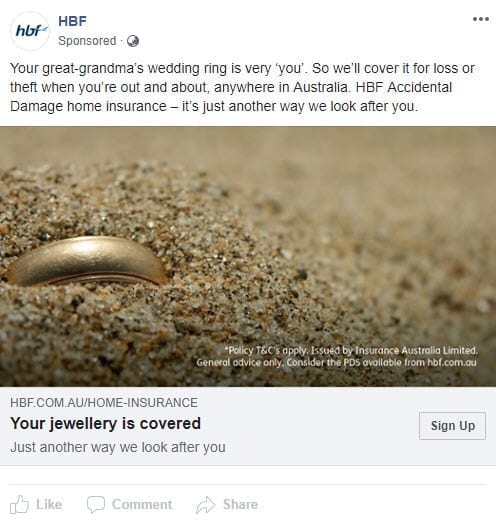What is A/B testing?
A/B testing is research that lets you test small sample variations of market materials to decide which is the most effective with your desired audience.
A/B testing – also referred to as split testing – separates your audience into two random groups and delivers an alternate variation to each one. Once the testing is complete you compare the results to see which is the most successful based on your chosen metrics.
As a general rule, classic split testing should only be used to test one variable at a time. For example, if you’re wanting to try a few different images or different articles, you’ll need to conduct different tests.
If you end up testing two completely different variations, who won’t be able to determine what elements impacted the results.
Why you need to A/B test
A/B testing helps to eliminate all the guesswork and assumptions about your social media strategy.
For example, you may have viewed our recent post on Twitter statistics and read that tweets with images get 150% more re-tweets than tweets without images.
But, this statistic may not be true for your brand and audience.
By A/B testing you can find out if your tweet performs best with or without an image. If your tweet with an image performs better than without, you can then A/B test different variations of the image or different text with the same image.
This strategy can be applied across all social media channels. Make sure you perform different tests on each platform. It’s important not to assume that something that works well with Twitter will correlate to success with Facebook.
By continuing to A/B test you will gradually gain valuable insights about what is successful for each social media network. The more you test, the stronger your social media strategy will become and you will gain an increased understanding of the preferences of your audience.
Successful A/B testing can help you gain valuable insights regarding:
- Traffic
- Lead Generation
- Conversions
- Video Views
- Engagement
- Brand Awareness
- Target Audience
- Creative
What can you A/B test?
You can test any aspect of your social media posts and advertisements, but below are some of the most popular to test:
Post Text
- Post length
- Style of language (for example, a quote versus a question)
- Use of emojis
- The tone of voice (passive versus active)
Have a look at two posts from Netflix testing post copy for their new movie – Sabrina. The posts are nearly identical except the post style changes slightly.
Headline and Description
The headline and description of a post are highly important to split test.
The posts below are advertisements that link to the same content – HBF Home Insurance. The two advertisements have used a different headline and description to see what is more appealing to their customers.
Call to Action
You can test your Call to Action (CTA) to see how your audience engages with your content.
In the example below, Foxtel is testing a ‘learn more’ and ‘sign up’ CTA with their customers.
Using an Image or Video
Even though studies suggest video is heavily outperforming any other content online, it’s important to test your content to see if this rings true for your brand.
These tests can be conducted in multiple ways, for example:
- Normal image versus GIF
- Different length of a video
- Image carousel versus image/video
Below, Eastbay are split testing a new shoe release by Adidas by testing an image carousel against a video.
Using Hashtags
The success of hashtags can change across different social media platforms, so it’s best to split test across each platform.
A hashtag that drives engagement on Instagram, may drive down engagement on Facebook.
The example below shows Sony testing an advertisement with a hashtag and without.
Don’t just stick to testing a hashtag against using no hashtag. You can also try testing:
- A number of hashtags against a single hashtag
- Placement of hashtags (For example, try incorporating a #hashtag in the middle of the text or place all the hashtags at the end of your caption.)
- Different variations of similar hashtags
Testing your target audience
You can test the same ad on two different audiences to see what group responds better.
For example, choosing to retarget users who viewed 50% of your previous video may be more successful with an older age group versus a younger age group. Sometimes looking at the assumptions about your audience objectively can be challenging. It’s important to test all ideas to gain strong evidence about what works and what doesn’t.
How to run an A/B test on social media?
The general principle of A/B testing is basically the same across all social media channels. You want to choose an element to test and gather insights about how that element performed.
Here’s how to get started:
- Choose content to test
- Based on the information you already have (including your own assumptions) create two different posts where one particular element is different
- Show the two different variations to a selected audience
- Analyse your results
- Once you have a winning variation, promote that version to all your followers (You can also further split test the winning variation to better understand your audience)
- Begin the process again with different content.


















LET’S CONNECT